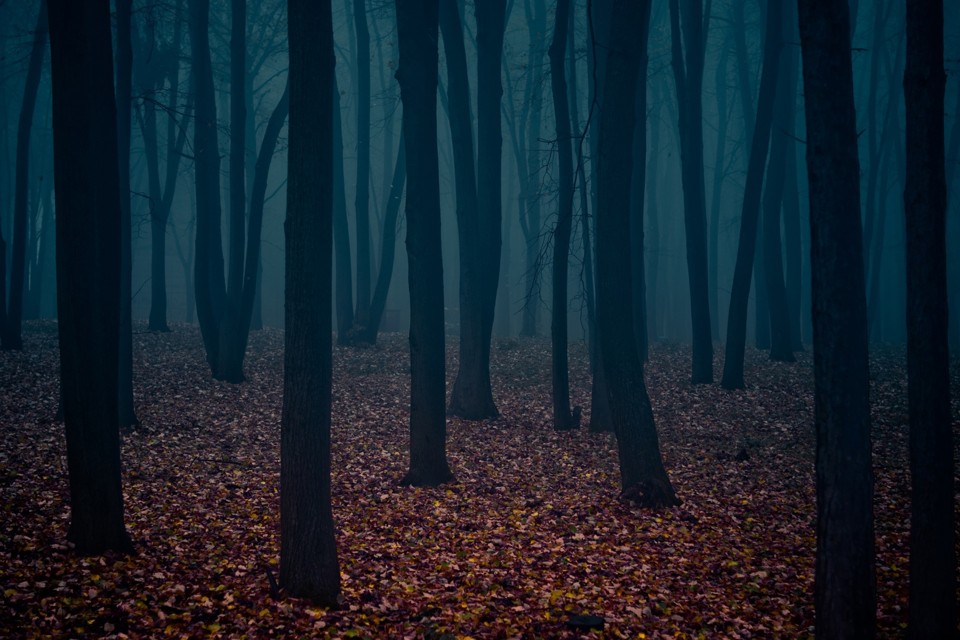The Wood Wide Web


A new study shows that trees of different species can exchange large amounts of carbon via the fungal internet that connects their roots.
In 1999, a team of scientists led by Christian Körner did what thousands of people do every Christmas: they wrapped Norway spruce trees in tubes. Except this was in March, not December. And the trees were 40-metre-tall giants in the middle of a Swiss forest, not 2-metre pipsqueaks in a living room. (The team had to use a crane). And the tubes had no lights or baubles on them. Instead, they had a series of tiny holes, which pumped out carbon dioxide.
For years, the team fumigated five of these wild spruces . They wanted to see how trees will cope with the high levels of atmospheric carbon dioxide that we’re pumping into the atmosphere. But in the process, and almost by accident, they showed that trees of different species exchange huge amounts of carbon via an internet of fungi—a “wood-wide web” that secretly connects their roots.
When trees photosynthesize, they use the sun’s energy to refashion carbon dioxide and water into sugars. In this way, they assimilate the carbon from the gas into the molecules of their own leaves, trunks, and roots. To study this process, Körner’s team exposed their trees to a special blend of carbon dioxide, depleted in an isotope called carbon-13. These depleted levels acted like a label that the team could use to track the flow of carbon through the trees, from leaf to root, from tip to toe.
And beyond.

“It’s an important advance,” says Simard, “given that the experiment was conducted among older trees in natural forests. It drives home the shift in how we view plant communities, driven not only by competition, but also cooperation.”
How utterly wonderful! I hope that we can begin to understand the inter-relationships between all living creatures! Everything has its place in the world!